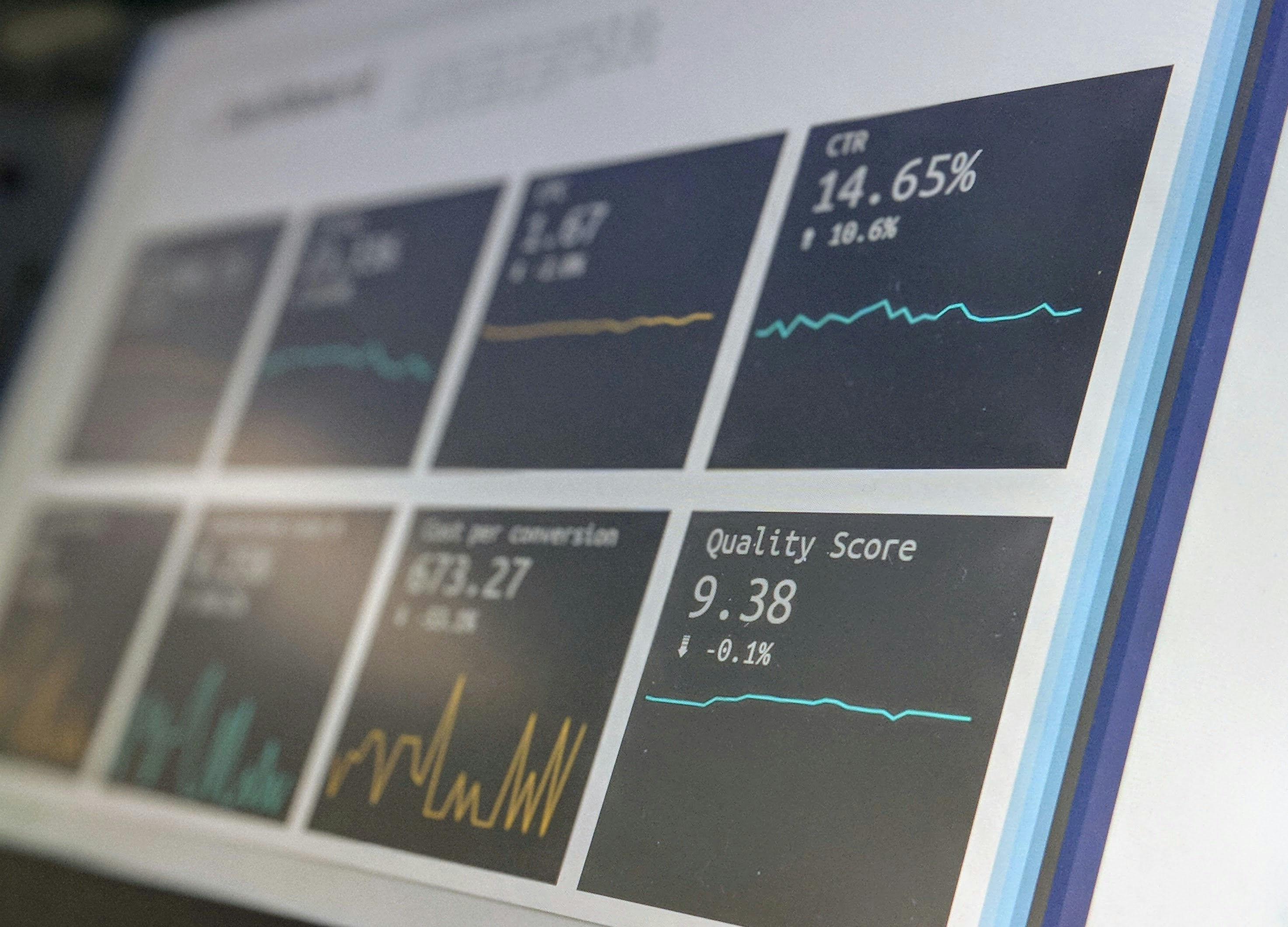Free Business Analytics White Paper Template
BUSINESS ANALYTICS WHITE PAPER
-
Prepared by: [Your Name]
-
For: [Your Company Name]
-
Date: [DATE]
-
Department: [YOUR DEPARTMENT]
I. Executive Summary

In this section, provide a brief overview of the white paper. Summarize the key points and insights that will be discussed in detail throughout the document.
II. Introduction
A. Overview of Business Analytics
Business analytics involves the use of data analysis and statistical techniques to derive actionable insights and make informed decisions within an organization. It encompasses various methodologies and tools to extract value from data.
B. Objectives of the White Paper
The primary objectives of this white paper are to demystify business analytics concepts, showcase effective analytics strategies, and provide real-world examples of successful implementations.
III. Data Analysis Techniques

A. Descriptive Analytics
Descriptive analytics focuses on summarizing historical data to understand past performance trends and patterns. It includes methods like data aggregation, visualization, and reporting.
B. Predictive Analytics
Predictive analytics leverages statistical algorithms and machine learning models to forecast future trends, behavior, and outcomes based on historical data patterns.
C. Prescriptive Analytics
Prescriptive analytics goes beyond predicting outcomes by recommending optimal actions and strategies to achieve desired business goals, often through scenario analysis and optimization techniques.
IV. Analytics Tools and Technologies
A. Data Collection Tools
Tools such as CRM systems, web analytics platforms like Google Analytics, and IoT sensors are used to collect structured and unstructured data from various sources.
B. Data Visualization Tools
Data visualization tools like Tableau, Power BI, and Infogram help transform complex data into interactive charts, graphs, and dashboards for better understanding and decision-making.
C. Statistical Analysis Software
Statistical software such as R, Python with libraries like Pandas and NumPy, and SAS enable advanced data analysis, modeling, and hypothesis testing for deeper insights.
D. Usage of Analytics Tools in Businesses
The pie chart showcases the percentage of businesses utilizing various analytics tools and technologies for data collection, visualization, and analysis purposes.
V. Best Practices in Business Analytics
A. Data Quality Management
Effective data quality management ensures accurate, consistent, and reliable data for analytics by implementing data cleansing, validation, and governance processes.
B. Cross-Functional Collaboration
Collaboration between departments like marketing, finance, and operations fosters data sharing, alignment of goals, and a holistic view of business performance for more informed decisions.
C. Continuous Learning and Improvement
Encouraging a culture of continuous learning, experimentation, and feedback loops enables organizations to adapt to changing market dynamics and continuously improve their analytics capabilities.
VI. Case Studies
Case Study 1: Optimizing Supply Chain Operations
Explore how a manufacturing company used predictive analytics to optimize inventory management, reduce costs, and improve supply chain efficiency.
Case Study 2: Enhancing Customer Experience
Discover how a retail brand leveraged data analytics to personalize customer interactions, increase customer satisfaction, and drive repeat business.
VII. Insights and Recommendations
A. Key Insights
Key insights from the case studies and data analysis include the importance of data-driven decision-making, the impact of analytics on business performance, and the value of actionable insights.
B. Recommendations for Implementation
Recommendations for businesses include investing in analytics talent, leveraging advanced analytics tools, establishing data governance frameworks, and fostering a data-driven culture.
VIII. Conclusion

Summarize the main points discussed in the white paper, emphasizing the role of business analytics in driving strategic decision-making and achieving competitive advantage in today's data-driven era.